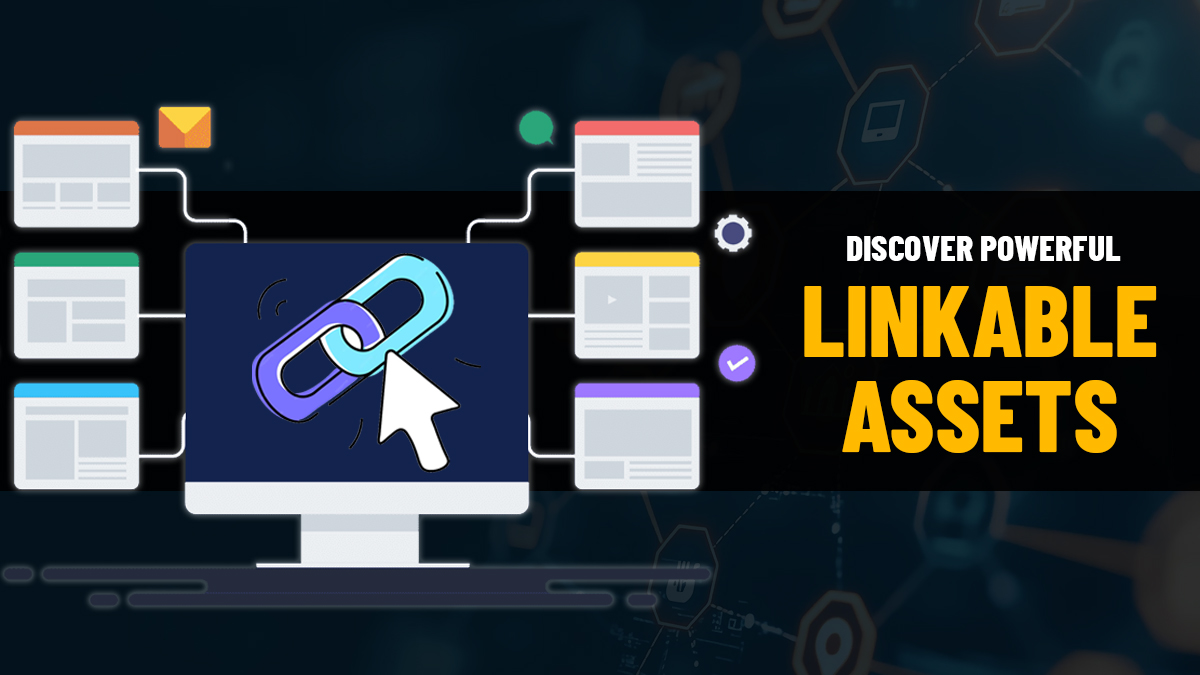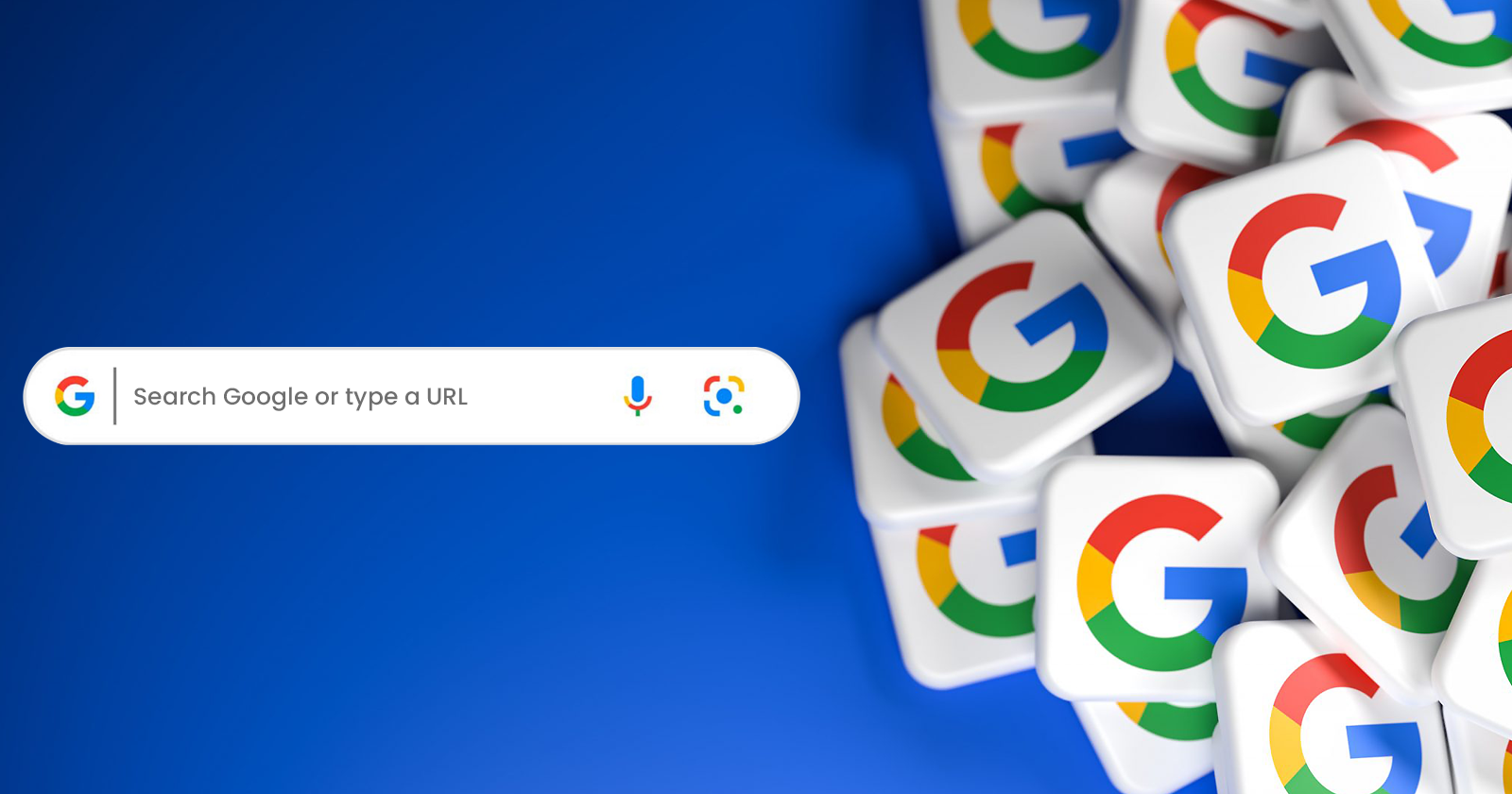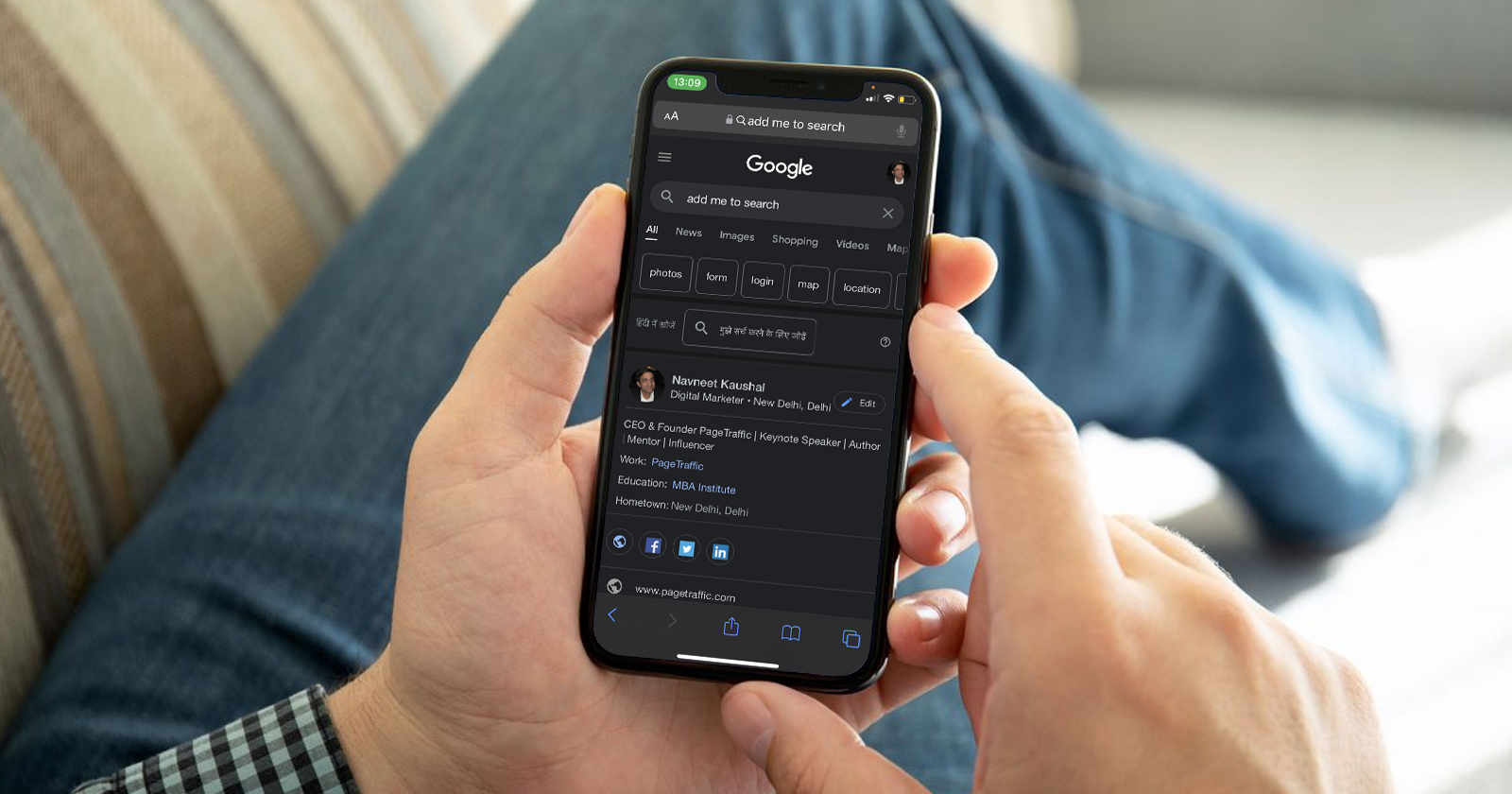Linkable assets are good and useful content that make other websites want to link to them. These assets can be different types of content like blog posts, videos, infographics, research papers, and interactive tools.
They are meant to offer great value to the audience. The main goal of linkable assets is to create links from other websites. These links can help improve a website’s ranking and make it easier for people to find.
By making interesting and shareable content, businesses can improve their online visibility, get more visitors, and gain trust in their field. Linkable assets are important for successful content marketing because they make a website a trusted place for good information.
Spending time and effort to build these assets can help improve your website’s ranking in search engines over time and create good connections with other websites and important people in your field.
What are Linkable Assets?
Linkable assets are things you create for your blog post or article that can help promote your work and be shared by others on social media. This sharing can bring more visitors to your content.
For example, let’s say you write an article that has some great charts and graphs in it. You can turn those visuals into separate images and create “infographics,” which are a collection of graphics put together.
You can also create a video of the blog post to share on platforms like YouTube and LinkedIn. You could also use GIFs of charts along with quotes from the blog post. But, make sure to check video stats to see if your content plan is effective and what you can improve.
When others see your unique content, they might use it in their own articles and provide a link to your work as the source. Linkable assets can be used together with outsourcing link building, or they can be used on their own.
A full-time writer can help create high-quality linkable assets by consistently producing well-researched, engaging, and shareable content tailored to your audience’s interests.
Importance of Linkable Assets
Linkable assets are valuable because they aim to get links from popular and trusted websites. The more valuable content you create, the more chances you have to get links from other websites. Creating good links will help you:
Improves Your Website’s Position in Search Results
High-quality links tell search engines that your site is trustworthy in its area, which helps improve your site’s ranking. Links to good content from well-known websites are one of the things Google looks at to decide how to rank websites.
Brings Visitors to Your Site
A study looked at 3.25 billion websites and found that more than half of the visitors come from organic search for most industries. Google brings 8 times more visitors to websites than all social media sites put together. When you make something valuable that others want to link to, it can help your website rank better and bring more people to your site.
Better User Experience
Linkable assets, like infographics, make it easy to share complex information or ideas in a clear and effective way. Also, things like pictures, charts, and videos that people can share are really interesting. You need to give the users a great experience so that they would like to visit your site again.
Boosts Domain Authority
Linkable assets are a good way to connect with other websites and businesses in your field. When you get links from trustworthy websites and gain credibility with valuable content, you can improve your website’s authority and enjoy long-lasting growth.
Besides getting links, linkable assets help you promote your brand, attract more potential customers, and boost sales.
Also Read: Exploring 11 Different Types of Content for Effective Content Marketing
10 Types of Linkable Assets
There are various kinds of linkable assets, and each one is aimed at different groups of people and is important for different industries. Choosing what kind of content to make depends on who you want to reach, what action you want them to take, and what field your brand or business is in.
Looking at various metrics for link-building and understanding how your valuable resources fit into your overall link-building plan will help you decide which strategies to focus on.
Case Studies
Case studies are reports where you look at an example of what someone has done to reach a specific goal. They are made to show an important point and explain how something done by someone else led to a specific result or effect.
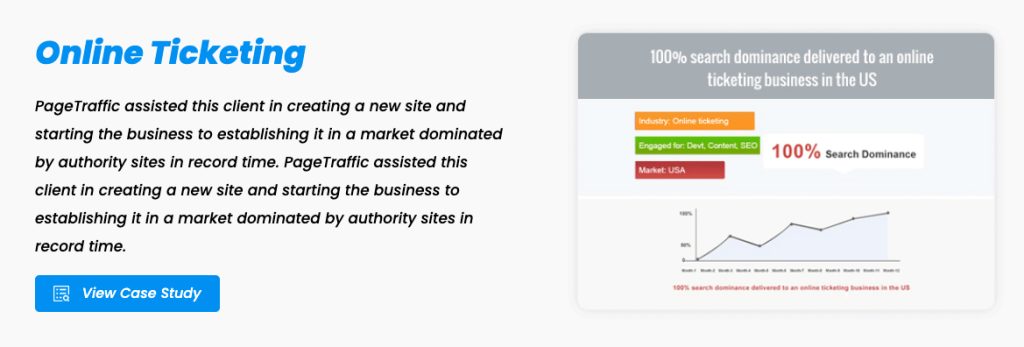
When done well, case studies are very useful tools because they provide clear examples that others can use as good practices, or they can show what not to do.
Original Studies and Research
Creating original research and studies takes a lot of time, but they can be very valuable if done properly. Original research involves following a scientific method to test an idea and see if it’s true or false.
If your research is about a topic that many people are interested in and you discover a new statistic, you could get hundreds or even thousands of new links to your work from other websites.
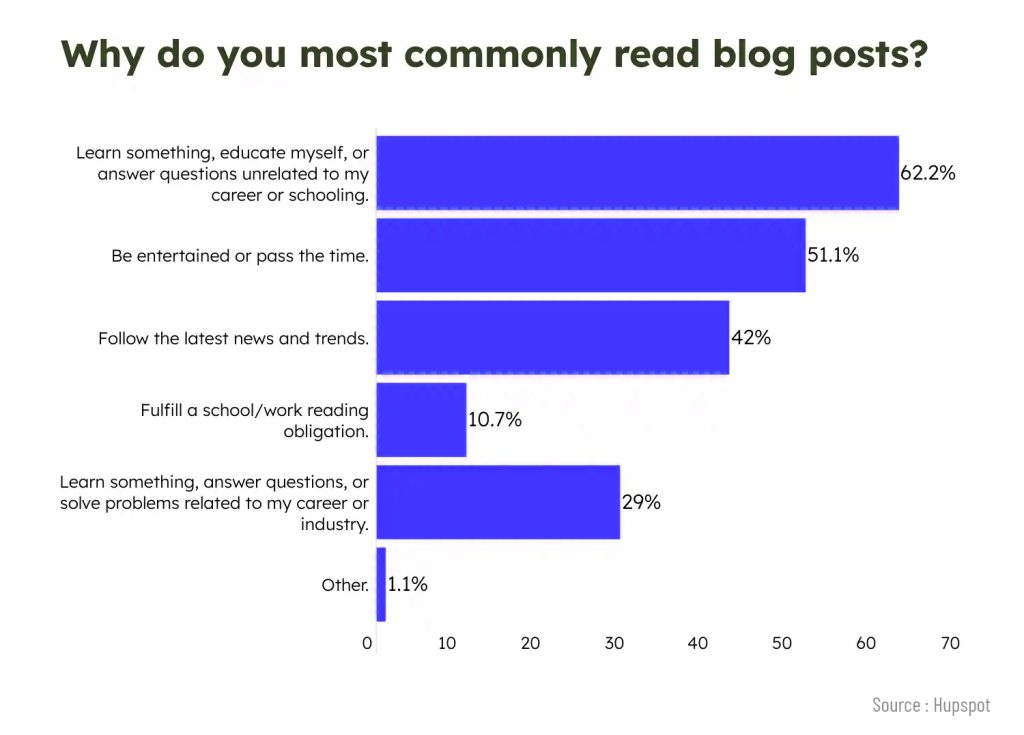
You can do original research in any field. For example, in digital and email marketing, one interesting study involved signing up for newsletters from thousands of websites. The researchers counted how many newsletters each website sent each month.
They compared that number to how much traffic those websites received each month. This process takes a lot of time, but it is quite easy. It gives useful ideas on how to run a good email and newsletter marketing campaign.
Tools, Lead Magnets, and Calculators
Making something that people in your field would like to use and share with their clients is a great way to get free links to your website. Examples of tools and calculators that can be linked to include ROI calculators, SEO audit tools, and cost estimators.
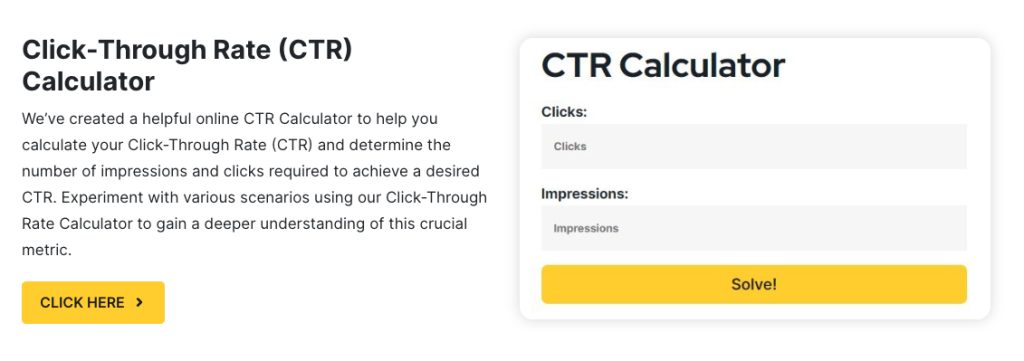
If you don’t know how to code, you might need to spend some money to have someone build a simple tool, like a calculator that converts inches to centimeters or a free tool to check domain authority. Having these tools can help attract people to link to your website.
Link Posts & Listicles
A link post shares several different websites and what you can find on them. You don’t need to write a lot. Normally, you add a few sentences to give people a hint about the content. But you could also just share a link with a little description to make people want to click on it.
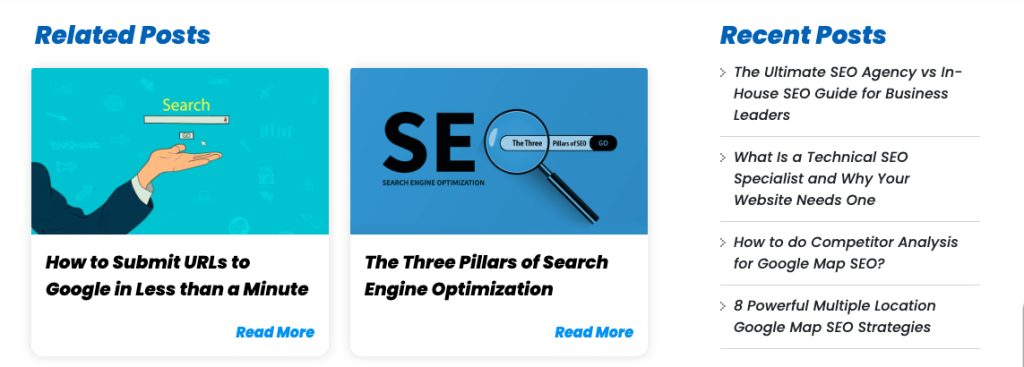
Listicles are posts that use lists. They are easy to read and provide useful information. These are posts that have a list of things, methods, tools, helpful advice, or resources. For example, you could make a list of the best plugins for WordPress or the best websites for learning web development.
These posts usually have a number in the title that guarantees something special to the readers. That’s why these types of posts are really popular. Semrush says that list posts attract 80% more visitors than other kinds of posts. They also create more links from other websites than how-to posts and other kinds of articles.
Trends and Statistics
Trends and statistics are kind of like original research because they usually come from looking at new data. Imagine you find a pattern or collect useful statistics about a topic that matters in your field and can explain how you did it.
In that situation, people in your field will be interested and will want to share that information in their own posts. This shows that they know what’s happening right now. The topic you choose will affect how well your original statistics attract links.
Infographics
Infographics, GIFographics, and map-o-graphics have some similarities: they all show data in a visual way that you can share with people, and they can all be linked to.
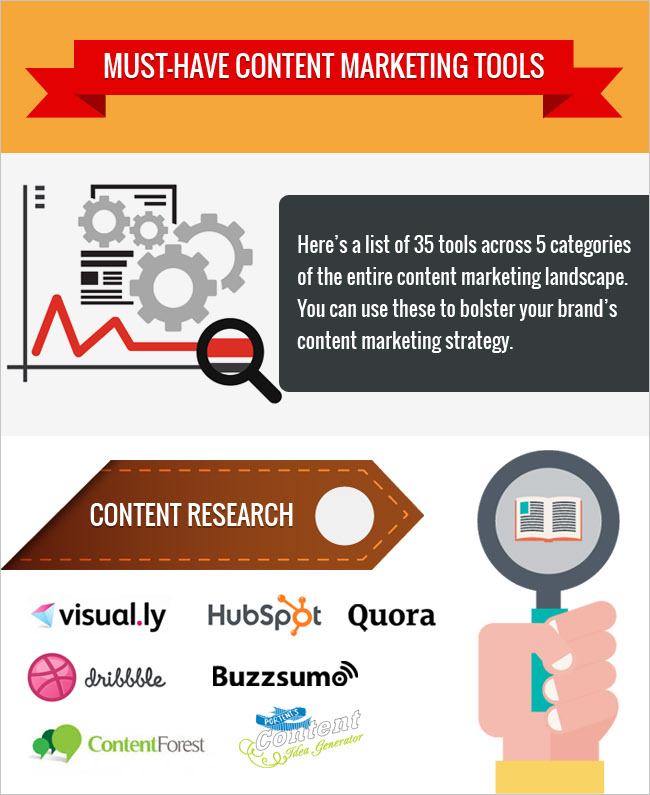
Infographics and gifs are the most popular kinds of assets you can link to. We like GIFs because you don’t need to change or edit them when you share them. You can just use them as they are on social media.
Infographics often show information using charts and pictures, and sometimes include words too. When someone posts an infographic on their blog or social media, it’s usually to help others understand the ideas in it, not just because it looks nice.
Awards and Rankings
Awards and rankings are like listicles and original research. They gather important information about an industry and rate it based on different criteria.
You can organize your list however you want, but it’s important to show how you got your answers and explain why you ranked and gave awards to the items the way you did. This helps other readers understand how you make your rankings, which will affect whether they use your list in their own work.
Guides & Tutorials
This kind of linkable content is getting harder to create because people have noticed how well these words work in article titles.
This means that a lot of articles call themselves complete guides and how-tos, but they don’t have the important information needed to be as helpful as they say they are.
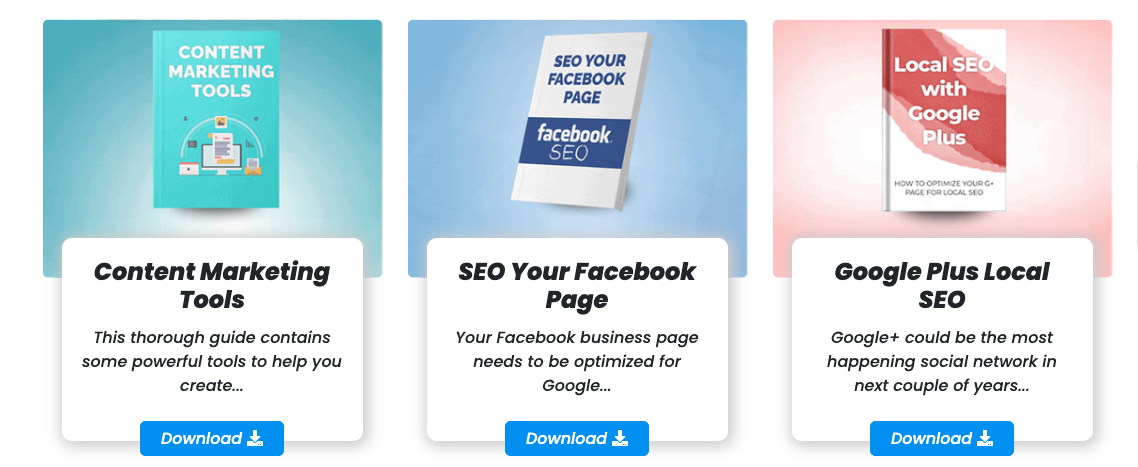
If you want to make a great guide that people will link to, you need to make sure it’s a really big article that talks about everything related to your topic. It should include pictures, practical examples, and clear steps on how to do what you say.
Coined Terms
Creating a new term means making up a new word for an action, state, idea, or thing that doesn’t already have a name. It’s becoming more difficult to create new words, but a well-known example is the word “boredom”.
It was created by Charles Dickens in his 1853 book called Bleak House. It’s simpler to create new words in new industries like cryptocurrency and fintech. Only try to make up a new term if it really fits and doesn’t make you look foolish.
Videos and Podcasts
Videos and podcasts are great linkable assets that can improve your website’s search ranking and make you more visible online. These formats provide interesting and helpful content that can be easily shared, which makes them great for getting backlinks.
Videos, like how-to guides, interviews, or product displays, can grab your audience’s attention and offer useful information. Podcasts are a simple way for people to listen to content while they are on the move. They are great for deep talks, interviews with experts, and sharing stories.
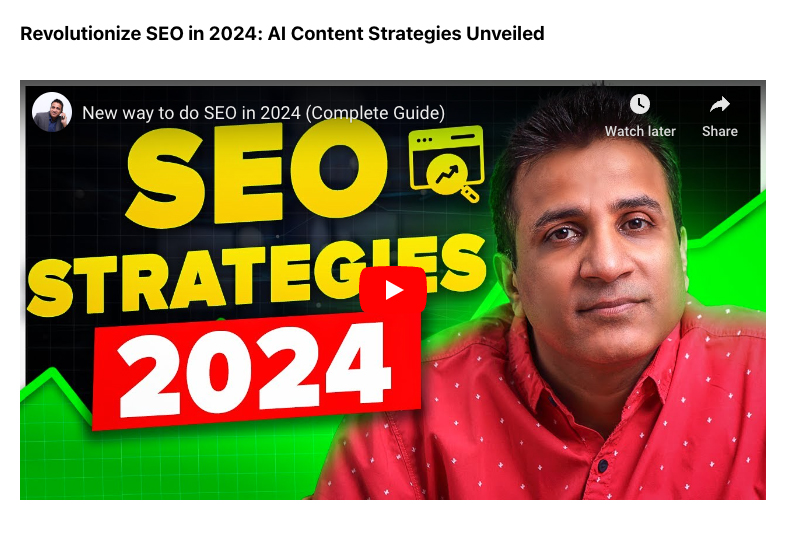
You can share videos and podcasts on different sites like YouTube, Vimeo, and podcast directories. This helps more people see them and can create links to other websites. By regularly making good and useful videos and podcasts, you can show that your brand is an expert in your field.
It can also build strong relationships with your audience, and attract more people to your website for free. Focusing more on these types of linkable assets is a smart way to improve your SEO and overall online marketing.
Also Read: 20 Fun and Creative Personal Bio Examples to Grab Attention
How to Create Linkable Assets?
Step 1: Know Your Audience
It all begins with creating a ‘buyer persona’ by learning about what your audience likes and what problems they have. A buyer persona is a profile of your perfect customer, created using real information and research about the market.
When you understand who your ideal customer is, you can make content that is easy to share and connect with. Your content should:
- Answer a question they are thinking about or give new information.
- Offer help for their problems.
- Is a reliable source for people who create content.
Here are the steps to help you know your audience better.
Do Your Research
To create a buyer persona, you need to begin with market research. This may include:
- Looking at how your current customers use your content.
- Collecting important details about the people who visit your website using forms.
- Getting your sales team’s input on potential customers and leads.
- Talking to potential clients and customers to learn about what they need and what problems they have.
Create questions to find out what kind of content people like to read, share, and link to. You can use BuzzSumo’s Content Analyzer to see what content people like the most and what works well.
Segment Your Audience
It’s important to sort your audience so you can make content that suits them better. Depending on what your business does and what you want to achieve, you might have more than one group of people you want to reach.
For example, if you run a website design company, you might want to make content for both experienced tech experts and small business owners, like plumbers or tax advisors.
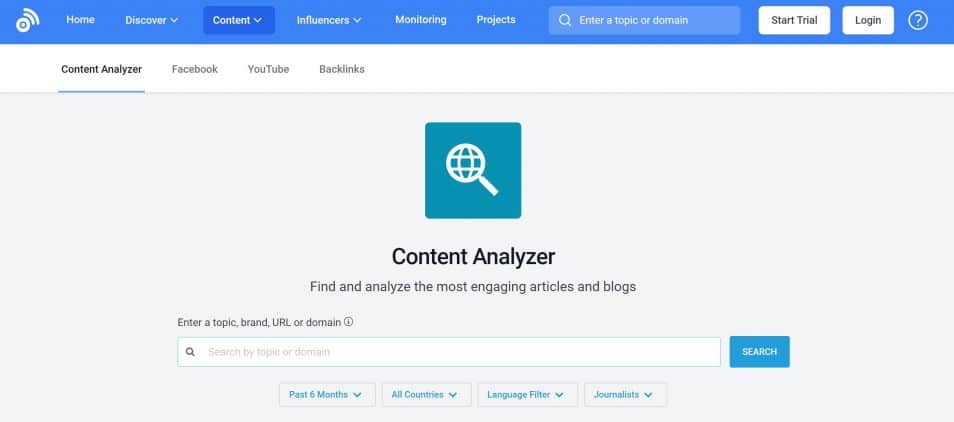
How you write for top executives who know a lot about user interface and experience will be different from how you write for small business owners who just want a working website.
Make a buyer persona
After gathering enough details, make profiles of your customers by adding information about their age, interests, and location. The more you can describe your personas, the better.
Step 2: Understand the Search Intent
Search intent is about the reason why someone is looking something up. What do they want to achieve with the search? There are four main kinds of reasons why people search.
- Navigational: The user wants to find a certain website or page. For example, they might type “Instagram” or “X”.
- Informational: The user wants to learn something new. They might ask, “How do I change my X password?”
- Commercial: The user is looking for the best price or deal on a product. They might look for “PS 5 vs Xbox comparisons” or “PS 5 Pro reviews”.
- Transactional: The user wants to buy something. They might look for “the best mobiles that cost less than $200”.
Knowing the different reasons why people search for things helps you make useful content that readers want to share. But how do you figure out what someone is looking for?
One way is to check the search results pages. Check what comes up on Google for the word or phrase you want to focus on. These results show what Google believes you want when you search for that keyword.
Search results for buying things usually show product pages, shopping options, paid ads, and customer reviews. Looking closely at the search results will help you see if people like reading a list or watching a video to find answers to their problems.
Step 3: Study Your Competitors
Ahrefs Site Explorer helps to check what backlinks your competitors have. To use the site explorer tool, just type your competitor’s website address in the search box and click “Explore”. You will then see all their backlinks, the websites that link to them, and the quality of those links.
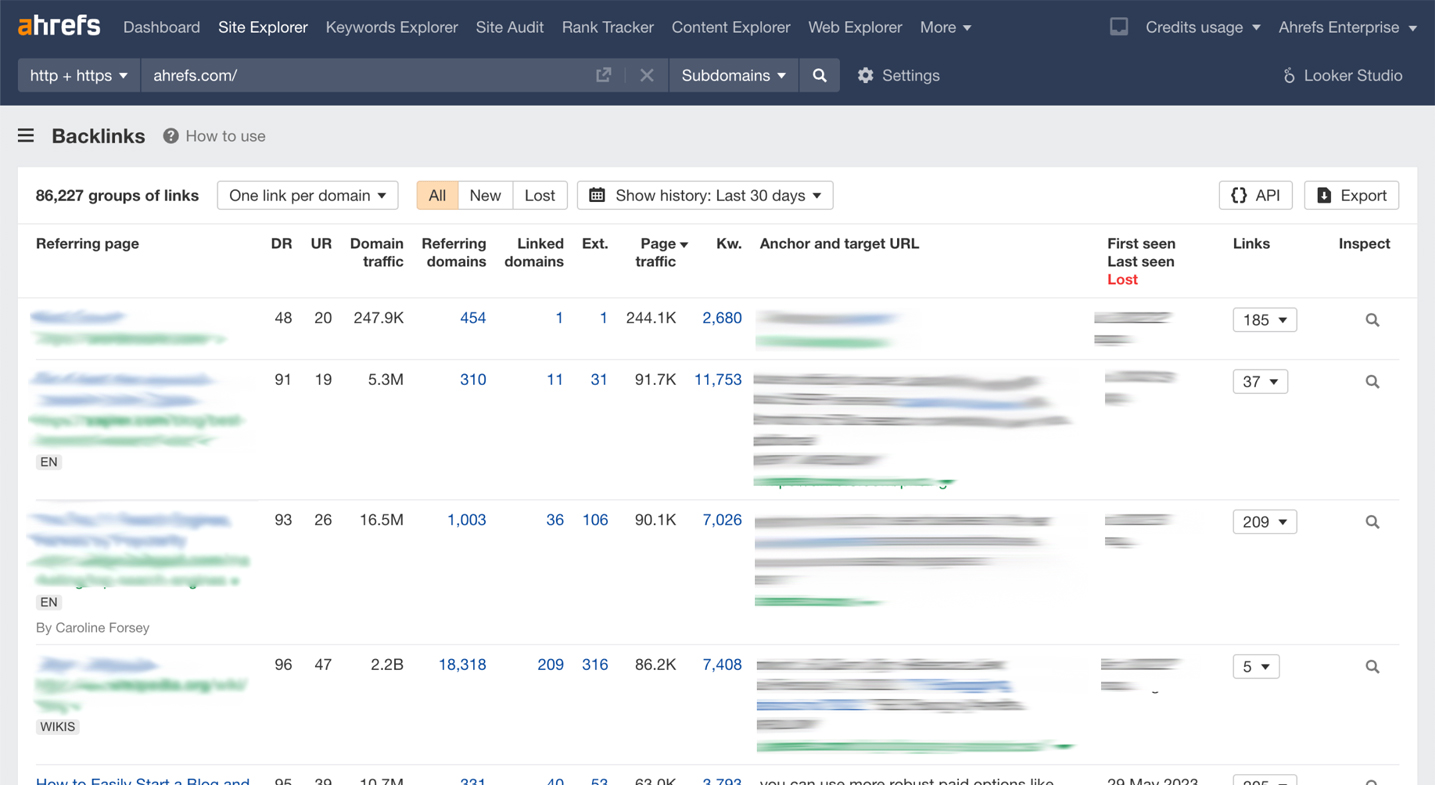
Step 4: Choose the Right Topics
Choosing the right topic for your links means balancing popular subjects with what you know well. Google Trends helps to see what topics are popular right now. Instead of searching for what’s popular in general, look for popular topics in your specific area of interest.
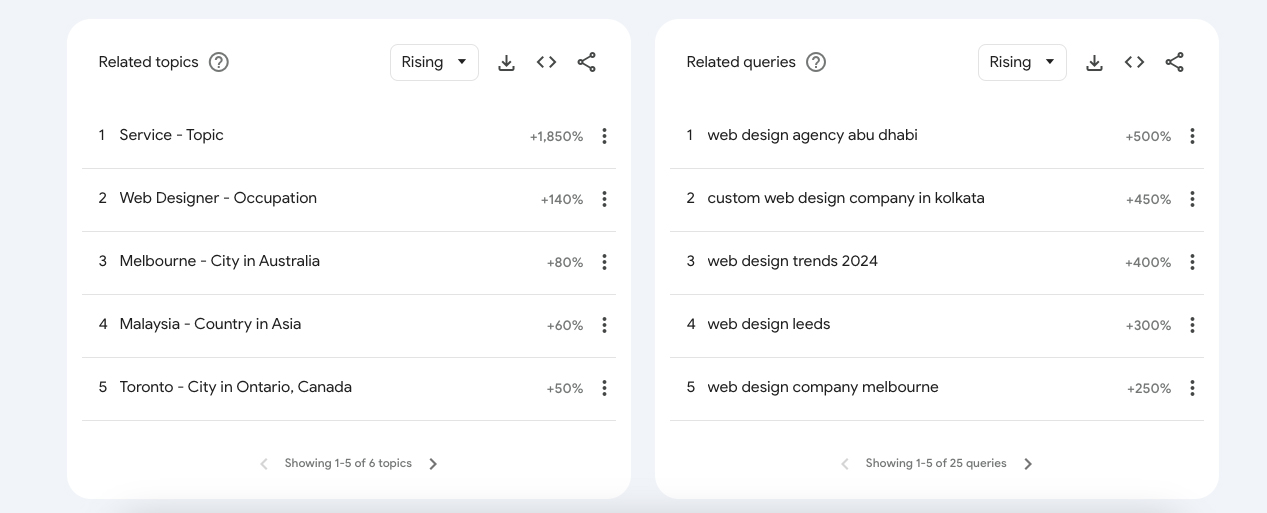
If you are an expert in web design, check how interest changes over time in different places and related subjects to understand what people want.
Step 5: Make Something Special
There’s a lot of information available, so make sure your linkable asset is different and catches attention. Provide something unique and useful that other websites will want to share with their visitors.
Writing something that gets a lot of attention and links from other websites is not easy. It needs studying, knowledge, tools, and time, but it’s a worthwhile job.
A framework for doing this is called S.U.C.C.E.S.S. A method created by the Heath Brothers to improve communication. The model focuses on these parts:
- Simple: Use a clear and straightforward structure, and choose simple words that everyone can understand.
- Unexpected: Surprise your audience with a new idea or a fresh way of doing something.
- Concrete: Make your ideas clear by using definitions, pictures, and examples.
- Credible: Use facts, your own experiences, and reliable sources to show proof.
- Emotional: Connect with your audience’s feelings to grab their attention.
- Stories: Provide background information and engage your audience with a tale.
Step 6: Pay Attention to the Design
Your resources should be helpful but also look good. You can do this by using cool pictures, bright colors, or a different design. Your content can have a table of content, sections, pictures, and examples. You can use templates to make things like a case study or an infographic that people can click on.
Step 7: Promote Your Assets
Don’t just wait for others to discover your valuable assets. Instead, encourage them. Here are some easy ways to promote your awesome content.
- Get Press Mentions: Share your valuable content with important news websites in a way that’s interesting or relevant.
- Get Useful Links: Writing guest posts and looking for interview chances are some ways to get helpful links.
- Contact Bloggers and Content Creators: Find the best bloggers and content makers in your field. Reach out to them to find out if they want to link to your content. You can also contact bloggers or websites that list the top resources and tools in your area of interest.
- Share on Social Media: Share your useful content on social media to reach more people and improve your chances of getting backlinks. Include buttons to your clickable links for sharing on social media to attract new visitors and get more backlinks. Another way to get links is to reach out to popular people on social media.
- Use Industry Resources and Forums: Find resource pages related to your industry or schools and ask them to add your links. This can also help you get valuable .edu links.
You can find chances to get backlinks by:
- Sharing your knowledge when you answer questions on sites like forums, LinkedIn, Reddit, or Quora.
- Adding your business in a new directory.
- Writing a helpful comment on a blog post.
- Giving your thoughts or opinions on a list that has ranked your competitor.
Step 8: Track Your Results
There are several advantages to keeping track of how your backlink building is working. This way, you can make sure you are using your time and resources in the best way.
Tracking can help you find ways to get better and improve your plan as time goes on. There are a few important measures you should keep an eye on to see how well your backlink building activities are working, like:
- The number of referring domains and backlinks
- The quality of the links that lead to your website
- Domain Authority
- Search engine ranking
A simple way to keep an eye on your backlinks is to use online tools like Ahrefs, Semrush, or similar ones. They create a detailed link report that shows information about follow and nofollow links, noindex links, referring websites, harmful backlinks, and more. You might need to adjust your linkable assets to meet your SEO goals based on the results.
To Conclude
Linkable assets are important for a strong content marketing plan. By making useful and interesting content that your audience likes, you can get other websites to link to yours. This helps improve your website’s authority and rank on search engines.
When used correctly, valuable content can help you get links to your website and make your site more trustworthy, which can improve its ranking in search engines. Depending on different things, it might take up to a year for your backlinks to start working.
A successful linkable asset usually lasts about 4 to 5 months. After that, it can be hard to get new good links. That’s why it’s important to keep making new and useful content that people want to link to regularly.
Linkable assets draw in natural visitors and help make your brand recognized as a top expert and a trustworthy source of information. Creating and promoting interesting links can help your site grow, build trust, and achieve lasting success online.
FAQs
What kind of content can be linkable assets?
Many types of content can act as linkable assets, such as blog posts, infographics, videos, podcasts, research reports, case studies, and interactive tools. The important thing is to make content that is very helpful, easy to share, and connects with the people you want to reach. Good and useful content is more likely to get links from other websites. These different formats meet various tastes and help get more backlinks.
How can I make useful linkable assets?
To make good linkable assets, focus on creating high-quality content that is informative and interesting, and that meets the needs of your audience. Use visuals to make the content more interesting and easier to share. Look for popular topics in your field, use important words related to those topics, and make sure your writing is organized and easy to read. This increases the chance that other websites will link to your content.
How to share my linkable assets?
You can share your assets by posting them on social media, contacting influential people and bloggers in your field, and using email to let your audience know about them. You can share this content in online groups and discussion boards. The aim is to get more people to see your content and to make other websites link to it. Good promotion methods can greatly increase how many people see and benefit from your valuable content.
What is the difference between regular content and linkable assets?
Linkable assets are not like regular content because they are made to get more links from other websites and offer great value to readers. Regular content can inform or entertain people, but linkable assets are designed to be very shareable and trustworthy. This makes them more likely to be mentioned and linked to by other websites. This plan can greatly improve your SEO and help people find you online.
Can linkable assets help my website’s domain authority?
Yes, linkable assets can boost your website’s domain authority by getting good backlinks from trusted sites. Backlinks are important for search engines. Having more links from trusted websites can make your website look better and more reliable. This can result in better rankings on search engines and more visitors from organic searches.
